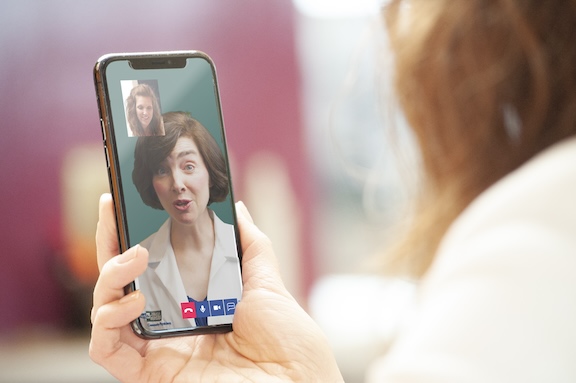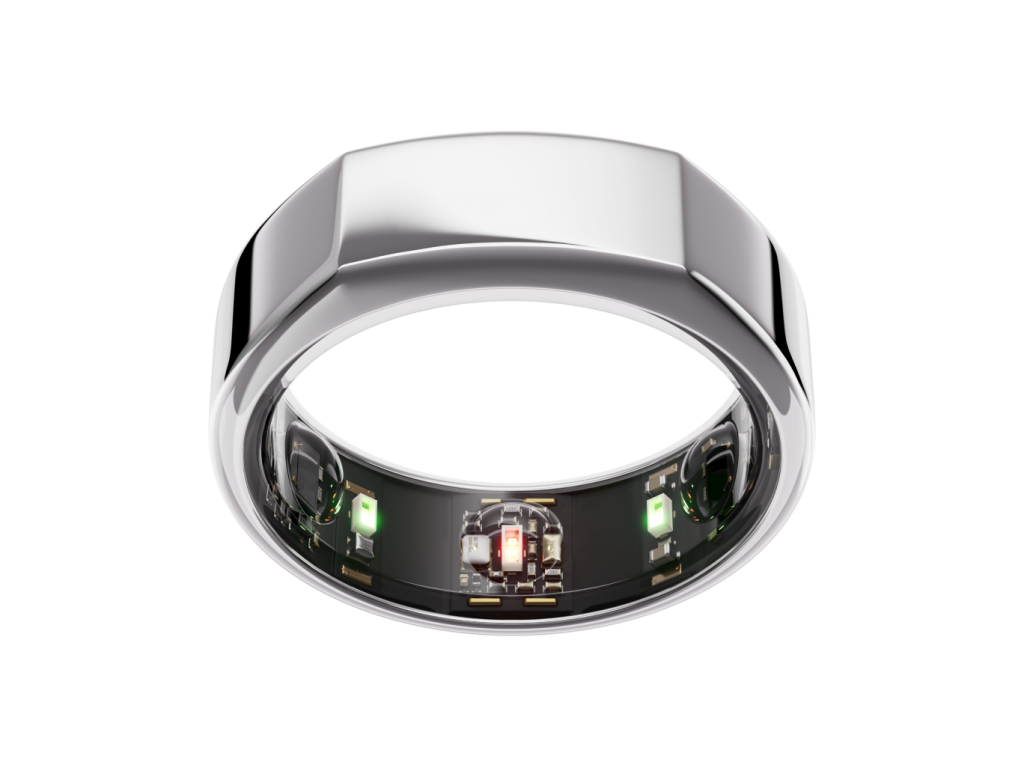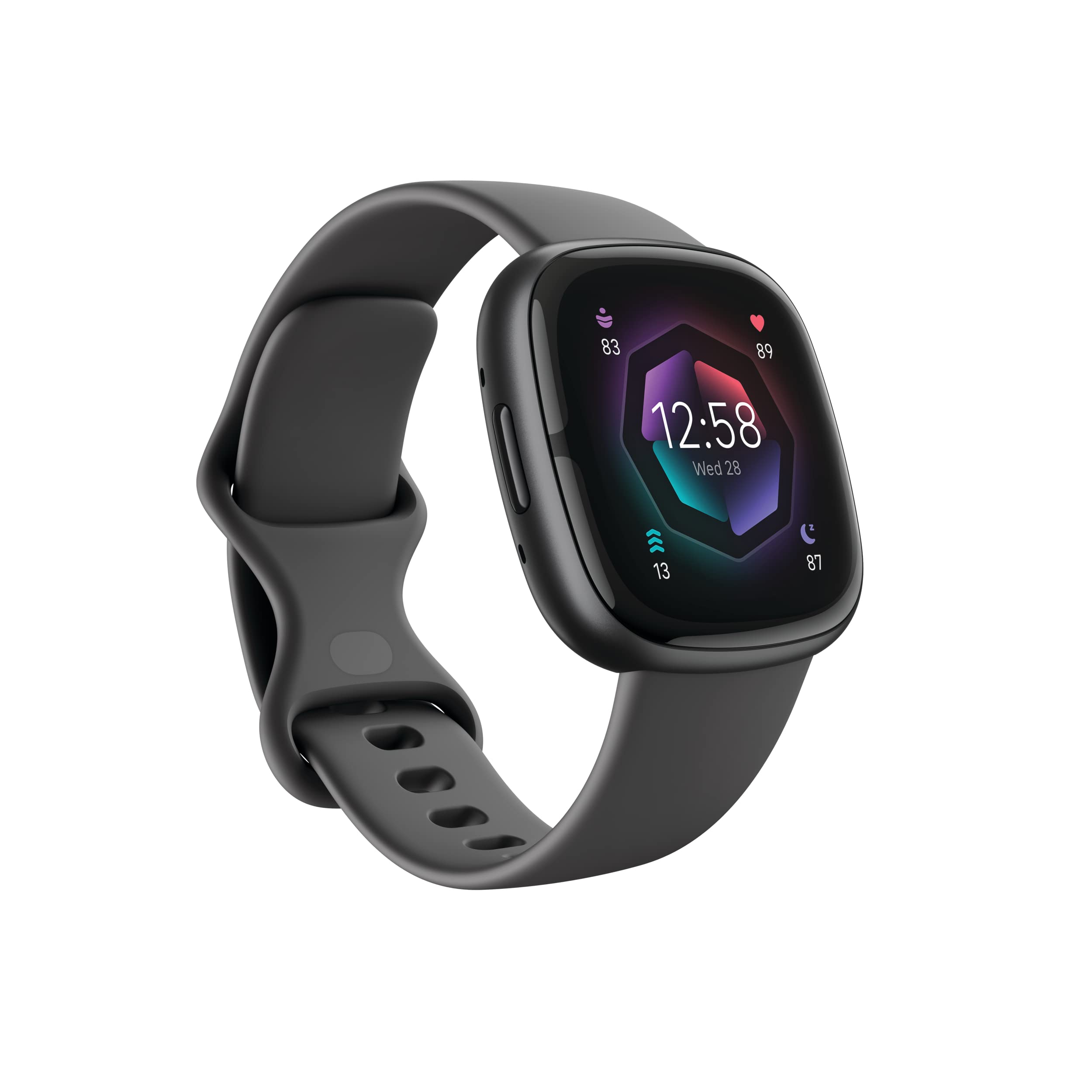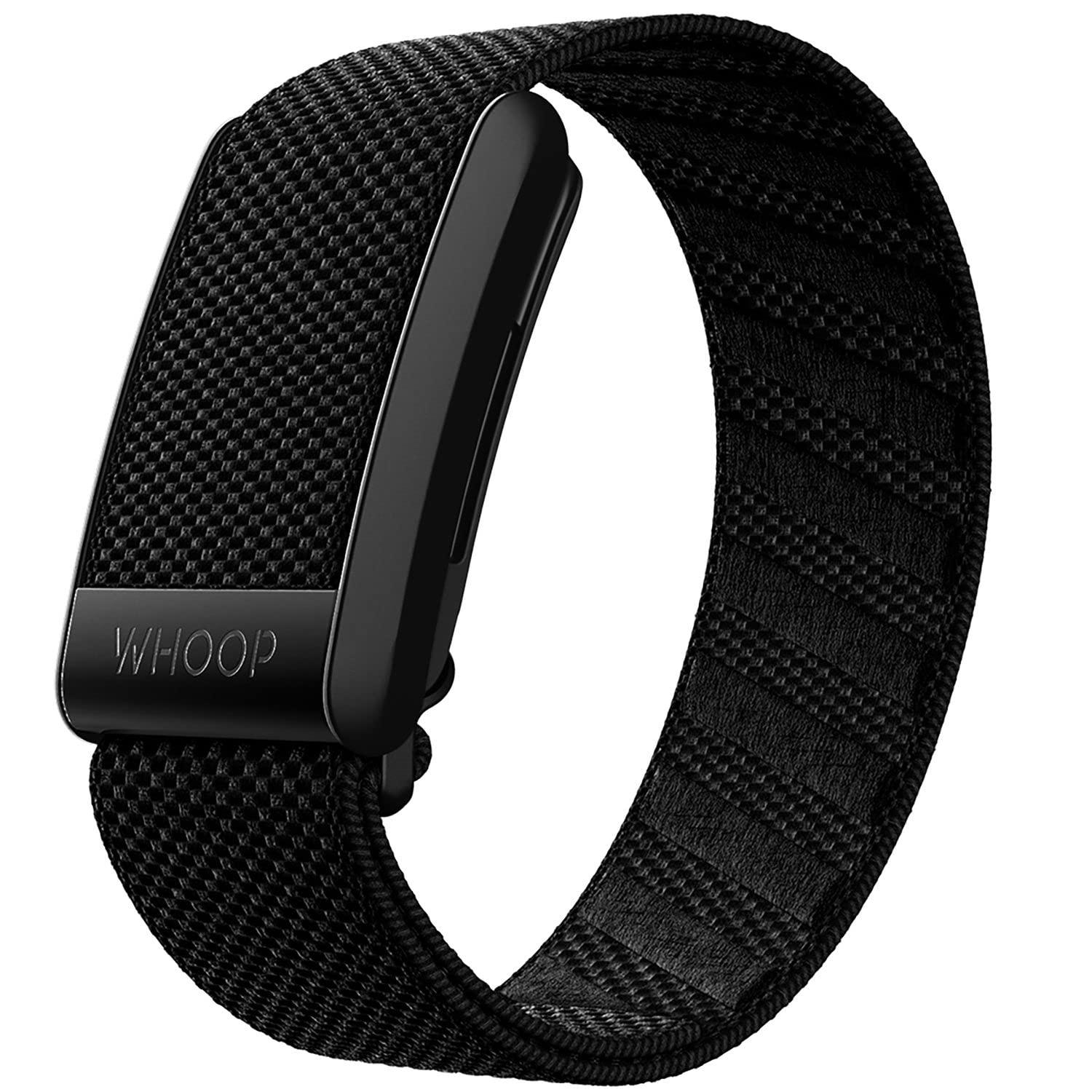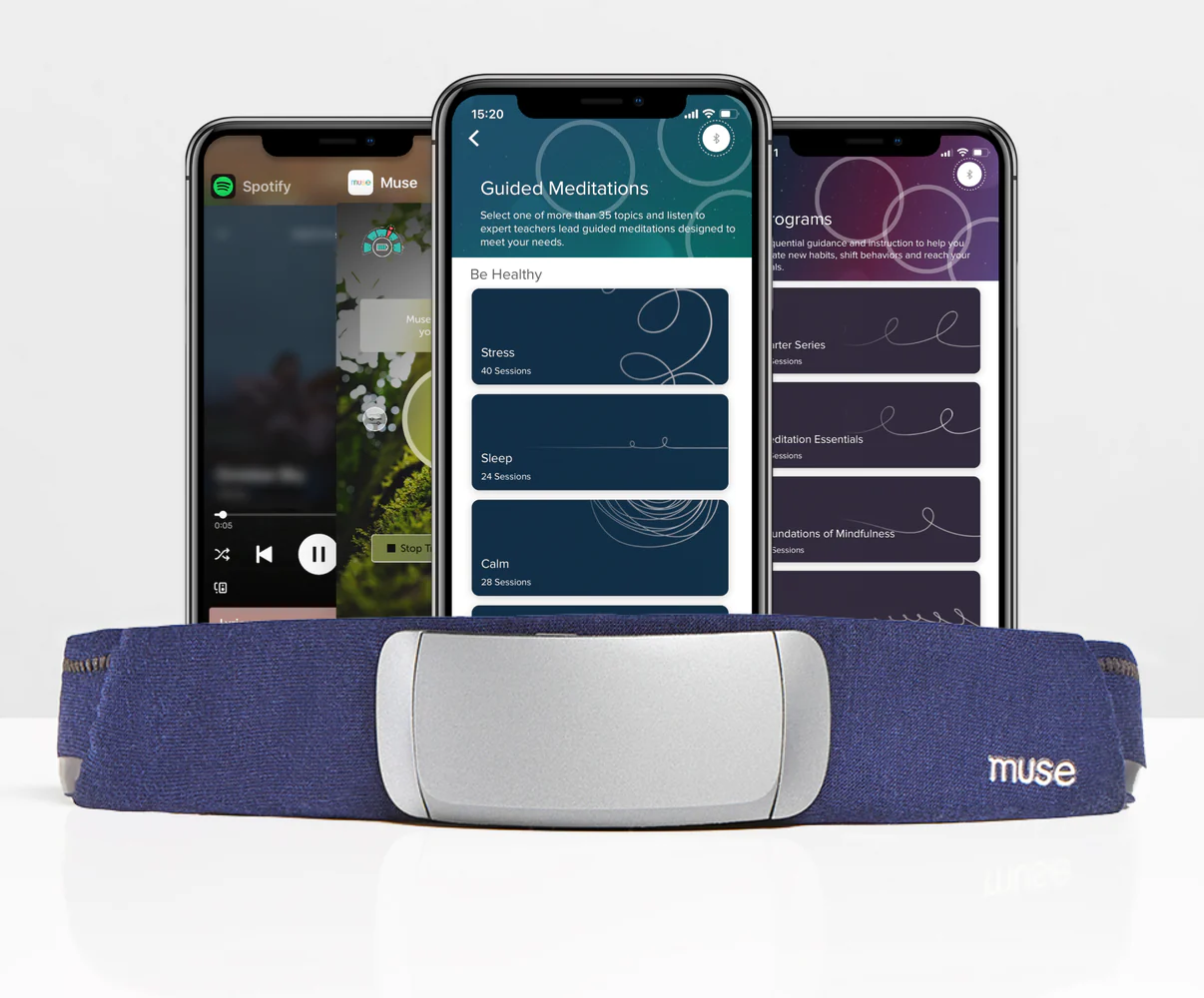Wearable Sleep Trackers
A regular night of sleep is actually a cycle of stages. During these stages, your body might behave differently – such as moving or lying still.
Sleep trackers capture your body’s behavior during these stages, as well as their duration. You can use this data to adjust and optimize your sleep routine.
See how your sleep quality stacks up.
Start here to get a baseline on how well you sleep and where you can improve.
Non-REM Sleep
Non-REM (Rapid Eye Movement) sleep occurs first in your sleep cycle. It includes three stages, and during this time, your body, muscles, and heart increasingly relax. During the last stage, you sleep deeply.
REM Sleep
REM sleep happens about 90 minutes after you fall asleep. During this phase of sleep, your heartbeat, breathing, and brain activity increase. This is when you dream.
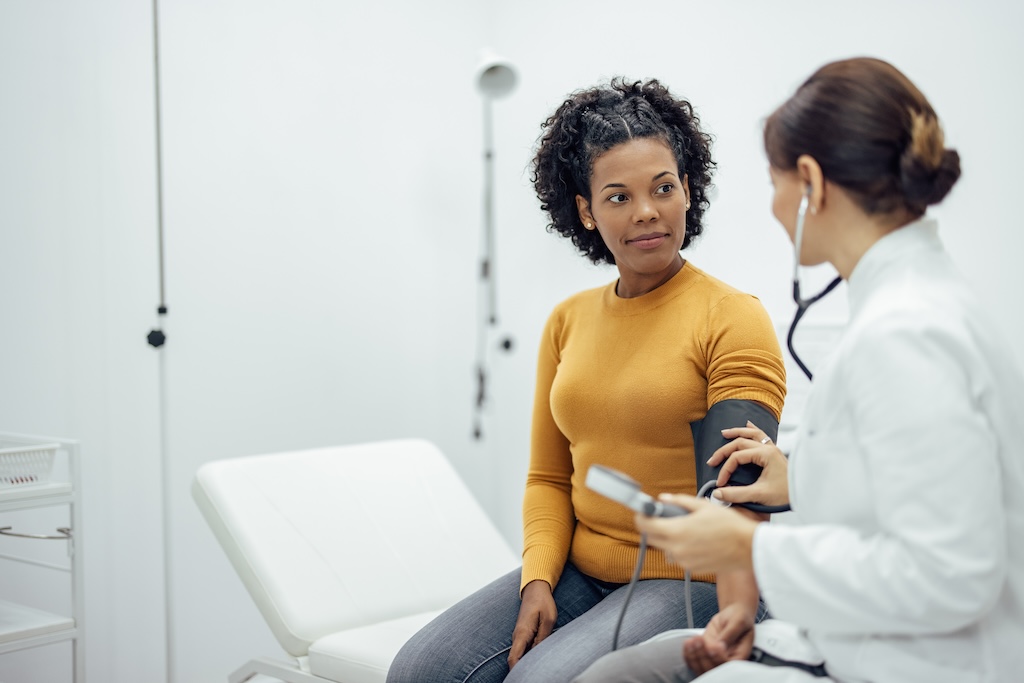
Preparing for a Conversation with a Sleep Doctor
Meeting with a sleep doctor can be an ideal way to understand and address problems you’re experiencing with sleep. It’s important to go to that appointment prepared. Learn what to know and do to get the most out of this valuable consultation.
Learn MoreHow to Choose a Wearable Sleep Tracker
- Sleep Goals: For basic tracking of sleep duration and wake times, consider a simple wristband or ring. If you require insights into sleep stages, quality analysis, and snoring detection, opt for a device offering comprehensive data.
- Data Accuracy: Look for devices with multiple sensors for more accurate sleep stage detection.
- App Integration: A user-friendly app is crucial for data analysis, setting goals, and tracking progress.
- Comfort: Choose based on personal comfort preferences for wearing the device on your head, wrist, or finger while sleeping.
- Battery Life: Select a device with a long battery life to minimize the need for frequent charging.
- Price Range: Sleep trackers vary from budget-friendly options to high-end models with advanced features and subscriptions.
Different Types of Wearable Trackers
- Wristbands: Popular for their convenience and affordability.
- Rings: Discreet and comfortable, but may have limited data collection.
- Headbands: Deliver unique features not found in other types, but may compromise sleep comfort for some users.
- Full-Featured Smartwatches: Offer additional features like notifications and fitness tracking, but can be pricier.
Who Might Benefit from a Wearable Sleep Tracker
- People Experiencing Sleep Difficulties: Trackers can help identify sleep patterns, potential triggers, and progress over time.
- Restless Sleepers: Data on movement and sleep stages can reveal the extent of restlessness.
- People with Snoring Concerns: Some trackers offer clues about snoring issues and related conditions.
- Individuals Curious About their Sleep: Trackers can provide insights into sleep hygiene habits and their impact on sleep quality.
Who Would Not Benefit from a Wearable Sleep Tracker
- Individuals with obsessive-compulsive tendencies.
- Those with sleep anxiety or insomnia.
- Individuals with a history of eating disorders.
- Individuals who are prone to technological addiction.

Relevant Research - Wearable Sleep Trackers
Wearable sleep trackers have been studied for their effectiveness in monitoring sleep quality. A study in The Journal of Clinical Sleep Medicine showed that they can positively impact perceived sleep quality and accurately measure sleep variables in healthy individuals. They are increasingly used in both clinical and non-clinical settings, with devices like Oura ring and Fitbit showing results comparable to formal polysomnography in healthy adults (Chronobiology Int., Behavioral Sleep Med.). However, a systematic review in Current Sleep Medicine Reports indicates that their efficacy in complex sleep issues is not fully established, and their accuracy is lower in individuals with chronic conditions (Sleep Medicine Reviews). This suggests their utility is promising for general sleep quality improvement in healthy users, but their broader clinical application requires further research.
